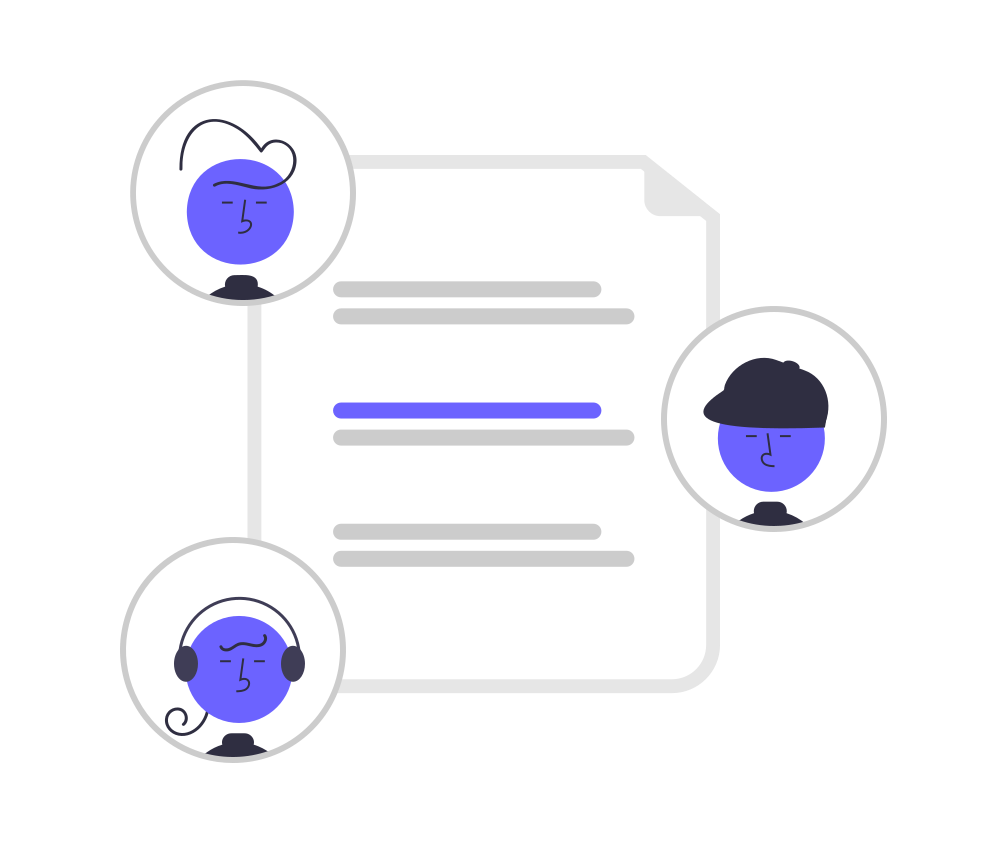In the evolving landscape of marketing, businesses are increasingly recognizing the importance of customer retention and the long-term value that loyal clients bring to an organization. As customer acquisition costs rise, focusing on keeping existing customers satisfied has become a more sustainable approach to growth. Account-Based Marketing (ABM) emerges as a powerful strategy in this context, offering a targeted method to not only retain customers but also to maximize their lifetime value.
The Shift from Acquisition to Retention: Historically, marketing efforts have centered around acquiring new customers. However, in today's saturated markets, retaining existing customers has proven to be more cost-effective and beneficial in the long run. The reason is simple: acquiring a new customer can cost five to seven times more than retaining an existing one. Additionally, loyal customers are more likely to purchase again, spend more, and recommend your brand to others.
ABM, with its laser-focused approach on key accounts, shifts the emphasis from broad customer acquisition to the nurturing of existing relationships. By investing in these relationships, businesses can foster customer loyalty, reduce churn, and ensure a steady stream of revenue.
Personalization: The Core of ABM One of the cornerstones of ABM is personalization. Unlike traditional marketing approaches that often rely on generic messaging, ABM tailors every interaction to the specific needs, preferences, and pain points of individual accounts. This level of personalization helps in creating a sense of value and importance for the customer, which is crucial for retention.
When customers feel understood and valued, they are more likely to continue their relationship with the brand. ABM’s ability to provide such personalized experiences across multiple touchpoints—be it through targeted content, customized offers, or one-on-one communication—ensures that customers remain engaged and satisfied.
Maximizing Lifetime Value: Lifetime value (LTV) is a critical metric that represents the total revenue a business can expect from a customer throughout their relationship. The longer a customer stays with a brand and the more they engage with its products or services, the higher their lifetime value.
ABM directly contributes to maximizing LTV by deepening customer engagement over time. Through consistent, targeted interactions, ABM helps in identifying upsell and cross-sell opportunities that align with the customer’s evolving needs. This not only increases the revenue generated from each account but also strengthens the relationship, making it less likely for customers to switch to competitors.
The Role of Data in ABM: Data plays a crucial role in the success of ABM strategies. By leveraging data analytics, businesses can gain deep insights into their customers’ behavior, preferences, and future needs. This information enables marketers to craft highly relevant and timely campaigns that resonate with the customer.
Moreover, data allows for continuous optimization of ABM efforts. By monitoring the performance of campaigns and analyzing customer feedback, businesses can refine their approach to better meet customer expectations. This ongoing optimization is essential for maintaining customer satisfaction and ensuring long-term loyalty.
Continuous Engagement: Customer retention is not a one-time effort; it requires ongoing engagement. ABM supports continuous engagement by creating a structured approach to communication and relationship-building. By regularly interacting with key accounts through personalized content, strategic outreach, and proactive problem-solving, businesses can keep the relationship dynamic and responsive.
This continuous engagement also involves anticipating the future needs of customers and offering solutions before they even realize they need them. Such proactive strategies can significantly enhance customer satisfaction and reinforce their decision to stay with the brand.
Conclusion: In a market where competition is fierce and customer loyalty is hard to secure, ABM stands out as an effective strategy to enhance customer retention and maximize lifetime value. By shifting the focus from broad acquisition to targeted, personalized engagement, businesses can create lasting relationships that drive sustained revenue growth. As companies continue to prioritize customer retention, ABM’s role in ensuring long-term success will only become more significant.


